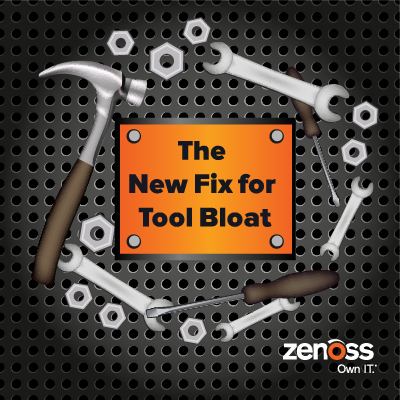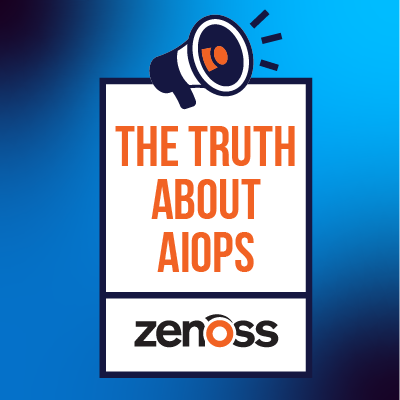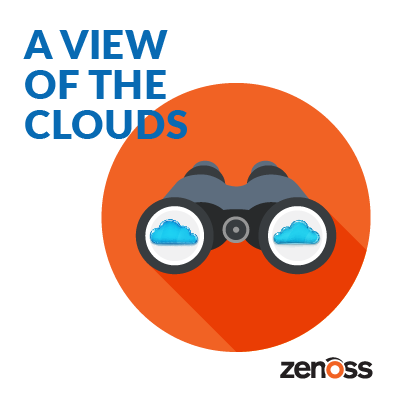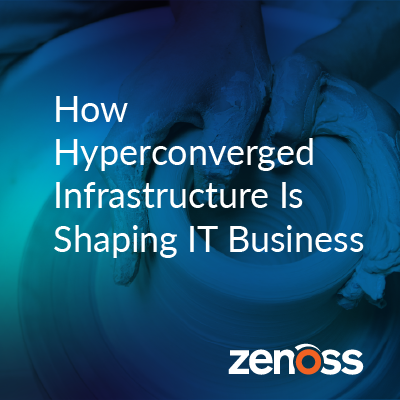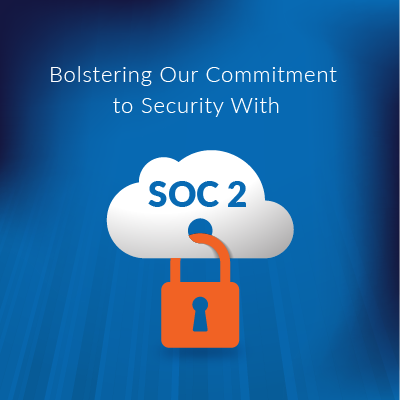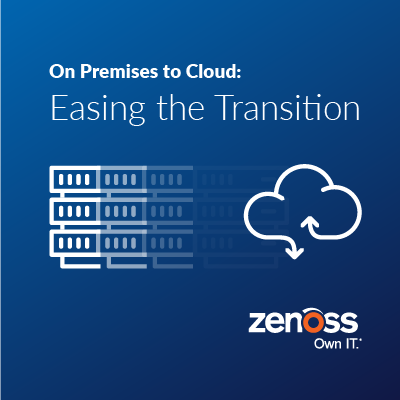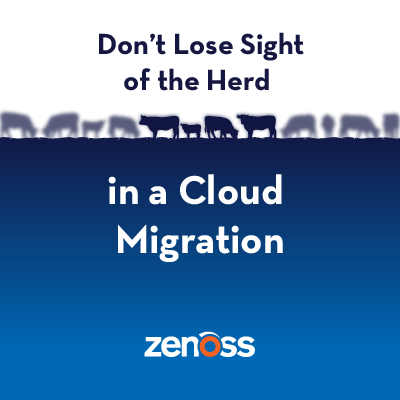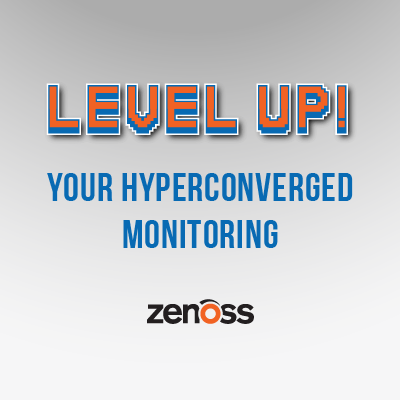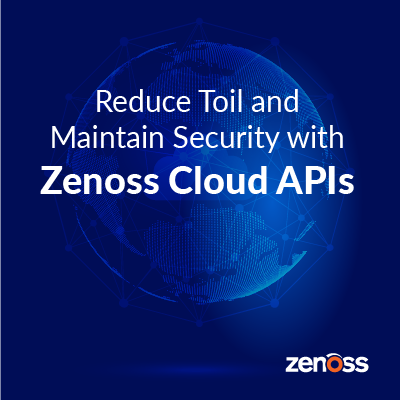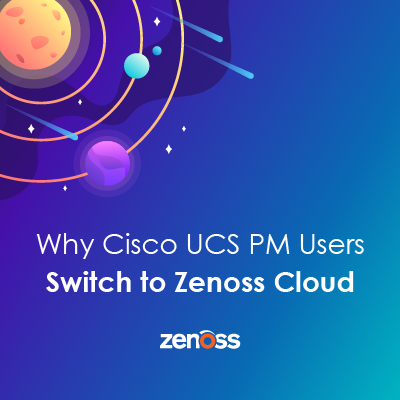AIOps: The New Fix for Tool Bloat
AIOps is a new solution to an age-old problem: How do I stop my team from going insane managing 15 million different tool consoles? The tool bloat problem is not new for anyone who has been in this business for more than a minute. In the old days, when IT teams were comprised of specialists in servers, storage, networking, databases and so forth, each group of specialists had a favored tool set that showed them how their little patch of the world was functioning.


